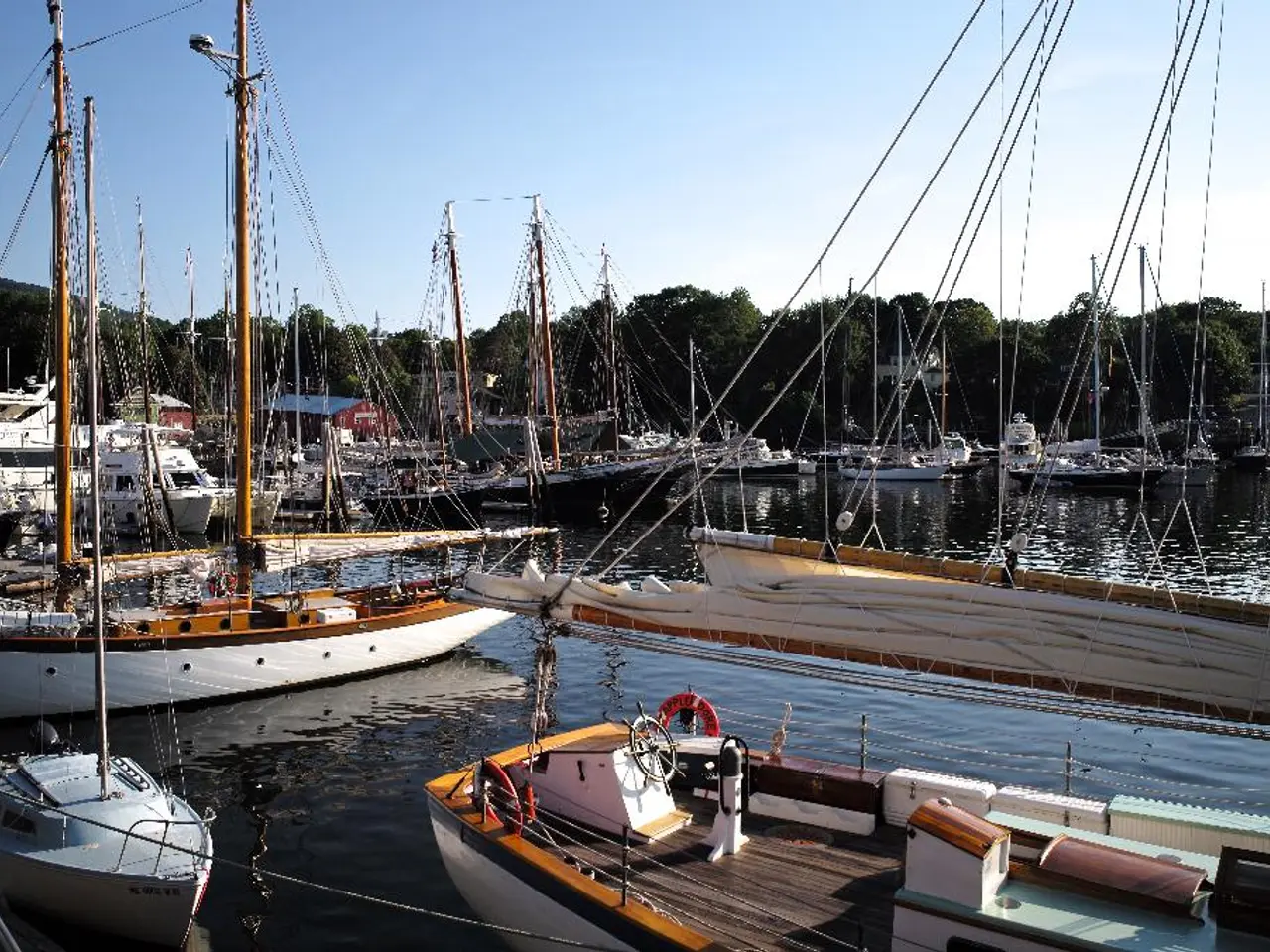Uncovering the Mystery: Could Humungous Rogue Waves Explain Bermuda Triangle Vanishings?
The Bermuda Triangle, a region in the Atlantic Ocean notorious for its mysterious disappearances and malfunctions, has been the subject of numerous theories and speculations. However, recent research by oceanographers at the University of Southampton suggests that a natural phenomenon known as spontaneous rogue waves could provide a plausible explanation for some of these unexplained events.
Rogue waves are unusually large and sudden ocean waves that can reach heights far above typical waves. These waves, once thought to be mythical, have been proven to exist and are known to cause sudden, catastrophic damage to ships. The University of Southampton's research has proposed that these waves might form spontaneously without warning in the Bermuda Triangle region, contributing to the unexplained loss of vessels.
The theory linking rogue waves to Bermuda Triangle disappearances is taken seriously by some oceanographers. The University of Southampton has been involved in research on rogue waves, analyzing their formation and behavior, which could provide a scientific basis for some maritime mysteries in that region.
One of the most well-known cases associated with the Bermuda Triangle is the disappearance of the USS Cyclops, a large ship that vanished in March 1918 during a voyage through the Bermuda Triangle. In their lab, the Southampton researchers studied the effects of a simulated rogue wave on a model of the USS Cyclops. The model ship could not withstand the towering simulated wave, suggesting it may have met a similar fate in the Bermuda Triangle.
It's important to note that the area of the Bermuda Triangle is home to strong currents from the Gulf Stream and is not uncommon for it to "see three massive storms coming together from different directions," according to ocean and earth scientist Dr. Simon Boxall. This could potentially create the conditions necessary for rogue waves to form.
While the Bermuda Triangle remains a largely studied area of ocean mystery, the theory of rogue waves provides a scientifically grounded explanation instead of supernatural theories. However, it's crucial to emphasize that more specific details on the University of Southampton's rogue wave research would require a direct source or scientific publication from their oceanography or maritime studies department.
In summary, the theory of spontaneous rogue waves is a plausible natural explanation for some Bermuda Triangle disappearances according to research in oceanography. While more evidence is needed to confirm this claim, the theory provides a scientifically grounded alternative to supernatural theories. The Bermuda Triangle remains a fascinating and mysterious region, with much more to discover about its oceanic phenomena.
The discovery of rogue waves by oceanographers at the University of Southampton could also impact the field of weather-forecasting, as a better understanding of these giant waves could help predict potential hazards for ships in stormy weather.
Moreover, the environmental-science community has shown increasing interest in the connection between climate-change and the formation of rogue waves, with some researchers proposing a link between warmer ocean temperatures and the frequency of these extreme waves.
Finally, it might be intriguing to consider the potential impact of rogue waves on the world of sports-betting, especially for maritime competitions, as these giant waves could significantly influence the outcome of sea races and other nautical events.






